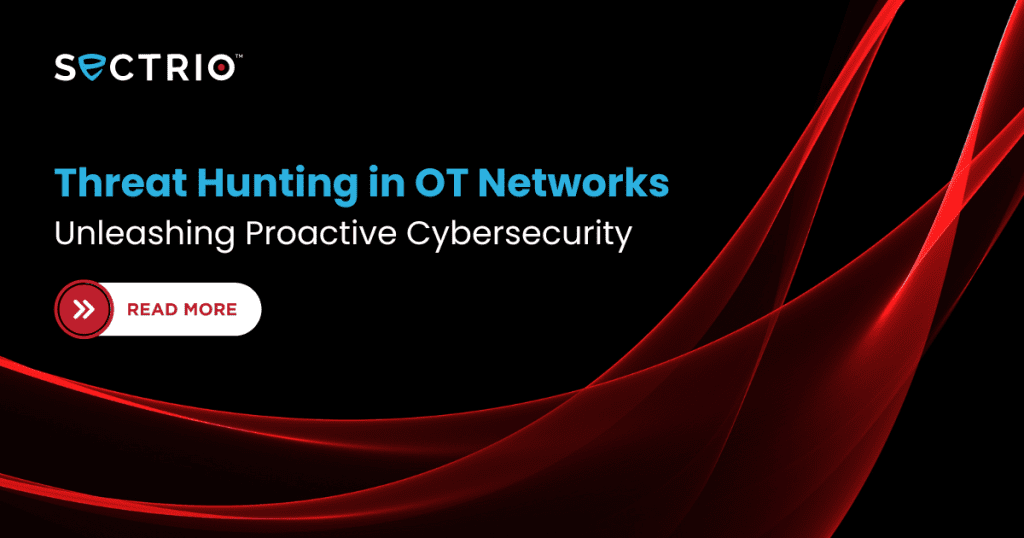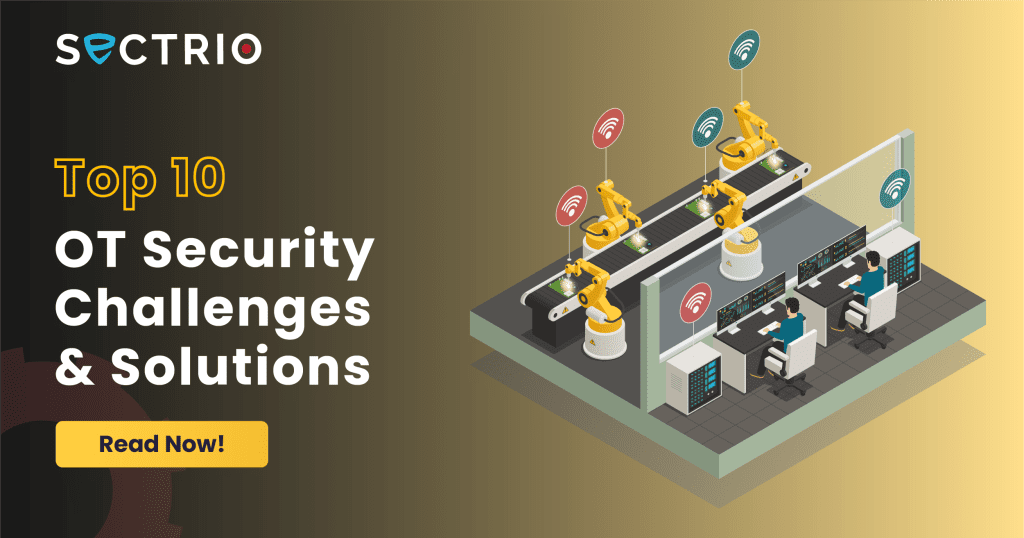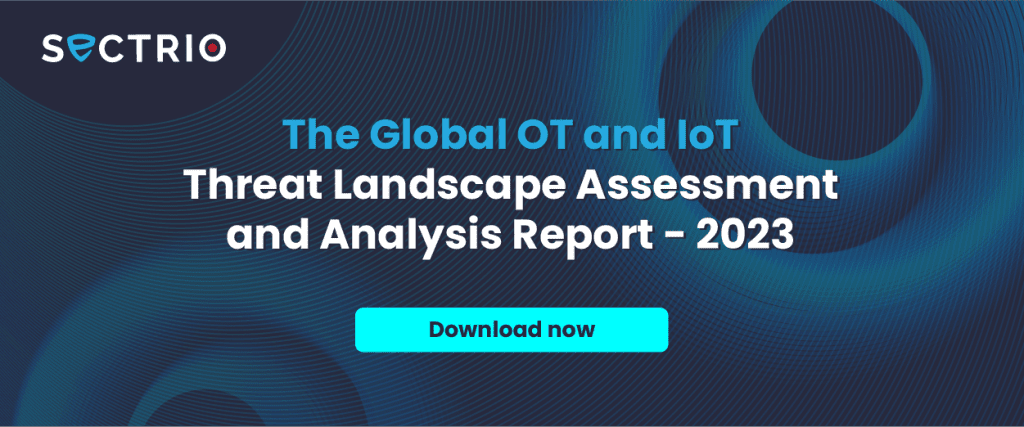With the increasing digitization and connectivity of operational technology (OT) networks, the threat landscape has expanded, making it imperative for organizations to proactively hunt for potential cyber threats. Threat hunting in OT networks involves actively and continuously searching for signs of compromise or malicious activity that traditional security measures might miss. This article dives deep into the concept of threat hunting in OT networks, its significance in protecting critical infrastructure, and effective strategies to unleash proactive cybersecurity.
Understanding Threat Hunting in OT Networks Threat hunting in OT networks is a proactive approach that aims to identify and mitigate advanced threats, including sophisticated attacks, zero-day exploits, and insider threats. It involves leveraging both human expertise and advanced technologies to detect anomalies, patterns, and indicators of compromise (IOCs) within the OT environment. By proactively seeking out threats, organizations have the ability to stay ahead of adversaries and minimize risks to operational continuity.

Table of Contents
The Importance of Threat Hunting in OT Networks
Threat hunting in OT networks offers several key advantages
1. Detection of Advanced Threats
Traditional security measures often struggle to identify sophisticated attacks targeting OT systems. Threat hunting fills this gap by actively seeking out signs of compromise, enabling early detection and response to emerging threats.
2. Reduction of Dwell Time
Threat hunting reduces the dwell time, which is the duration that adversaries remain undetected within the network. By shortening the dwell time, organizations can minimize the potential damage and disruption caused by an ongoing cyber attack.
3. Mitigation of Insider Threats
Insider threats pose a significant risk to OT networks. Through threat hunting, organizations can proactively identify any abnormal or suspicious behavior exhibited by employees or contractors, mitigating the risk of insider threats.
4. Enhanced Incident Response
By adopting a proactive approach, threat hunting equips organizations with actionable OT/ICS specific threat intelligence and insights necessary for effective incident response. This allows security teams to rapidly contain, eradicate, and recover from any security incidents, minimizing the impact on critical operations.
Also Read: Complete Guide to Cyber Threat Intelligence Feeds
Strategies for Effective Threat Hunting in OT Networks
To conduct successful threat hunting in OT networks, organizations should implement the following strategies:
1. Define Clear Objectives
Establish clear goals and objectives for threat hunting activities, aligned with the organization’s risk tolerance and operational priorities.
2. Leverage Threat Intelligence
Utilize OT/ICS specific threat intelligence feeds and external sources to gain insights into the latest attack techniques, indicators of compromise (IOCs), and threat actor behaviors specific to OT environments.
3. Use Advanced Analytics and AI
Employ advanced analytics, machine learning, and artificial intelligence (AI) techniques to analyze vast amounts of OT data in real-time. These technologies enable the detection of anomalies, patterns, and potential indicators of compromise.
4. Combine Human Expertise with Automation
Human analysts with deep knowledge of OT systems should collaborate with automated tools and technologies. This combination enhances the effectiveness of threat hunting by leveraging human intuition and expertise alongside the scalability and speed of automation.
5. Adopt Endpoint Detection and Response (EDR)
EDR solutions play a crucial role in threat hunting by providing real-time visibility into endpoint activities, enabling proactive threat hunting and faster response to potential threats.
6. Conduct Regular Red Team Exercises
Simulate realistic attack scenarios through red team exercises to test the effectiveness of existing security measures and identify any potential weaknesses or blind spots in the OT network.
Compliance Kit: Cybersecurity Tabletop Exercise Planning Manual
Overcoming Challenges in Threat Hunting for OT Networks
While threat hunting in OT networks brings significant benefits, it also presents certain challenges that organizations must address.
1. Lack of OT-Specific Expertise
Finding skilled personnel with expertise in both OT systems and cybersecurity can be challenging.
2. Access to Comprehensive OT Data
Gathering and analyzing comprehensive data from OT networks can be complex due to various legacy systems, proprietary protocols by the OEMs, and limited visibility into OT environments. To find out how Sectrio’s solution can help get over this challenge, watch us in action now: Request a Demo
3. Integration with Existing Security Infrastructure
Ensuring seamless integration between threat hunting activities and existing security infrastructure, such as security information and event management (SIEM) systems and intrusion detection systems (IDS), can pose challenges.
4. Balancing Security and Operational Requirements
OT environments prioritize operational continuity, which can sometimes conflict with the security measures implemented during threat hunting. Striking a balance between security and operational requirements is crucial to prevent disruptions while maintaining robust cybersecurity.
5. Adapting to Evolving Threats
Threat actors continually evolve their tactics and techniques, necessitating constant updates and adjustments to threat hunting strategies and methodologies.
Sectrio eBook: OT Security Challenges and Solutions

Real-Life Examples of Threat Hunting in OT Networks
Illustrating the effectiveness of threat hunting in OT networks, here are a few real-life examples
1. Identifying Malware Infections
Through threat hunting, an energy company discovered signs of malware infection in their OT network. By proactively investigating the anomalies, they were able to isolate and remove the malware before it caused any operational disruption.
2. Detecting Insider Threats
During a threat hunting exercise, an industrial manufacturing company identified suspicious activities indicating a potential insider threat. The timely detection allowed them to investigate further, identify the compromised user account, and mitigate the risk before it led to significant damage or data exfiltration.
3. Uncovering Hidden Vulnerabilities
By conducting thorough threat hunting activities, a transportation organization discovered previously unknown vulnerabilities in their OT systems. They promptly patched the vulnerabilities, reducing the risk of exploitation by threat actors.
4. Mitigating Advanced Persistent Threats (APTs)
A critical infrastructure provider proactively engaged in threat hunting to identify indicators of an advanced persistent threat (APT) targeting their OT network. Through continuous monitoring and analysis, they were able to detect the APT’s presence, gather intelligence, and collaborate with law enforcement agencies to mitigate the threat effectively.
For CISOs: Simplify the RoI for an OT Threat Hunting program
Getting buy-in from the board can always be tough, here are a few pointers on the ROI that can be derived from an OT threat hunting program.
Enhanced Cybersecurity Posture
Implementing an OT threat hunting program significantly enhances the organization’s overall cybersecurity posture. By proactively searching for potential threats in OT networks, the program helps identify and mitigate vulnerabilities, reduce the risk of successful attacks, and protect critical infrastructure.
The ROI lies in preventing costly security breaches, operational disruptions, reputational damage, and potential regulatory penalties.
Early Detection of Advanced Threats
OT threat hunting enables early detection of advanced and targeted threats that traditional security measures may miss. By actively hunting for indicators of compromise (IOCs) and anomalous behavior, the program allows security teams to detect and respond to threats before they escalate.
The ROI lies in reducing dwell time, minimizing the potential impact of attacks, and avoiding the costly consequences of a prolonged compromise.
Cost Savings on Incident Response
By proactively identifying and containing threats through OT threat hunting, organizations can save substantial costs on incident response efforts. Early detection means faster response and containment, resulting in reduced remediation efforts, minimized operational downtime, and fewer financial resources allocated to incident response activities.
The ROI is evident in the cost savings associated with incident containment, investigation, and recovery.
Regulatory Compliance and Avoidance of Penalties
Many industries that rely on OT networks are subject to strict regulatory requirements concerning cybersecurity. By having an OT threat hunting program in place, organizations can demonstrate proactive measures to comply with industry-specific regulations. This reduces the risk of non-compliance penalties, fines, and reputational damage.
The ROI lies in avoiding costly regulatory penalties and maintaining a strong industry reputation.
Protection of Intellectual Property and Business Continuity
OT threat hunting plays a vital role in safeguarding intellectual property and ensuring business continuity. By proactively identifying and mitigating threats, organizations protect their valuable assets, trade secrets, and proprietary information from theft, compromise, or unauthorized access.
The ROI is evident in preserving business continuity, protecting competitive advantages, and avoiding the potential loss of intellectual property.
Threat hunting in OT networks is an essential practice for organizations seeking to proactively identify and mitigate cyber threats. By leveraging human expertise, advanced technologies, and comprehensive data analysis, organizations can uncover hidden threats, reduce dwell time, and enhance their incident response capabilities. Overcoming challenges such as skills gaps and data access issues is crucial to fully realize the benefits of threat hunting. By adopting a proactive stance, organizations can safeguard their critical infrastructure, ensuring operational continuity and resilience in the face of evolving cyber threats.

Request a demo and find out how Sectrio can help elevate your security posture today: Request a Demo




